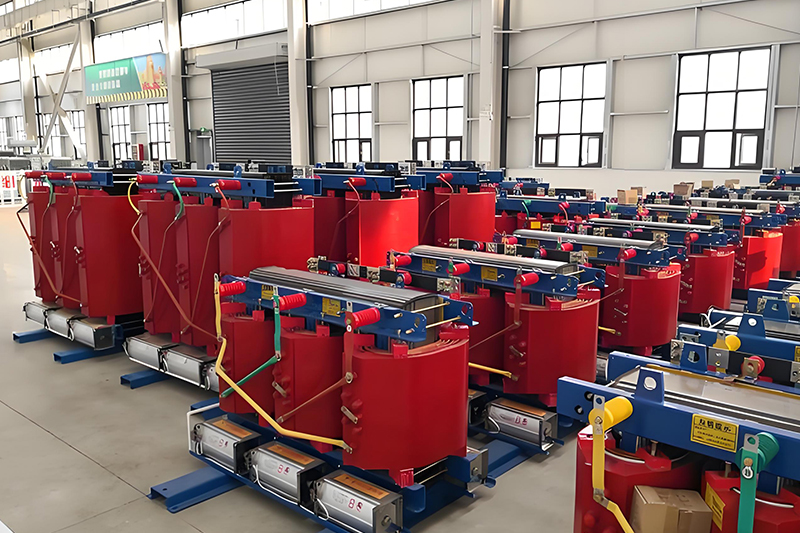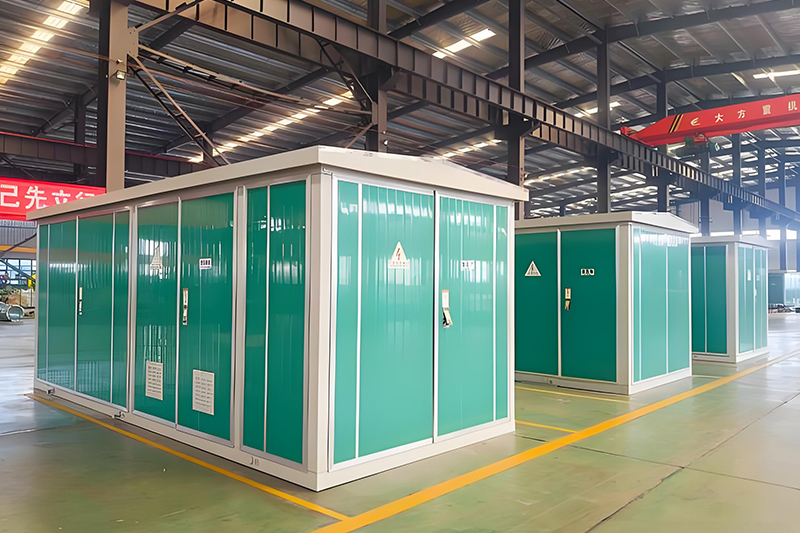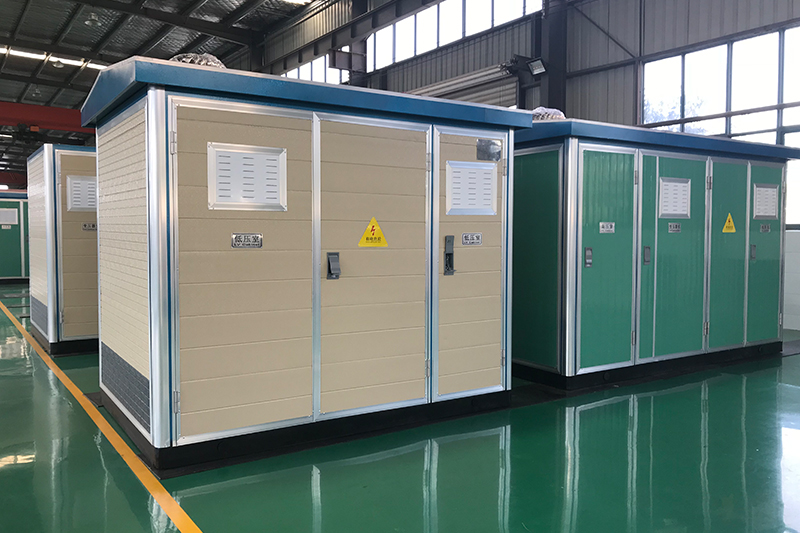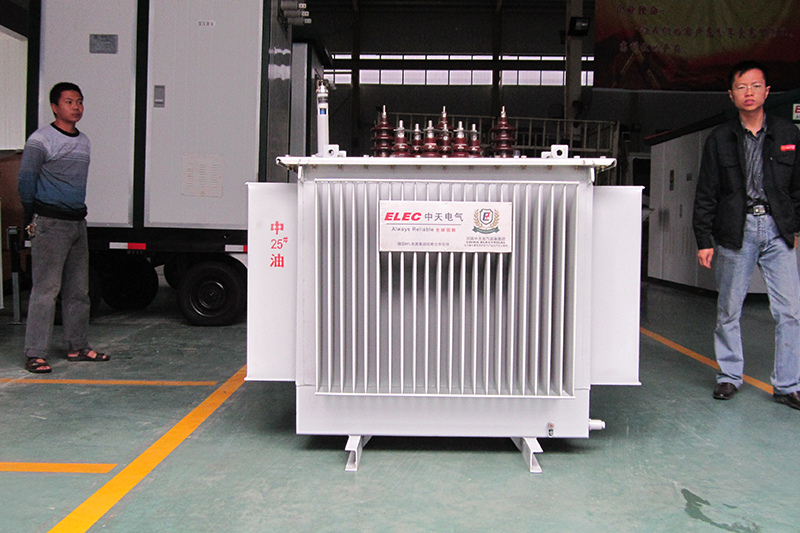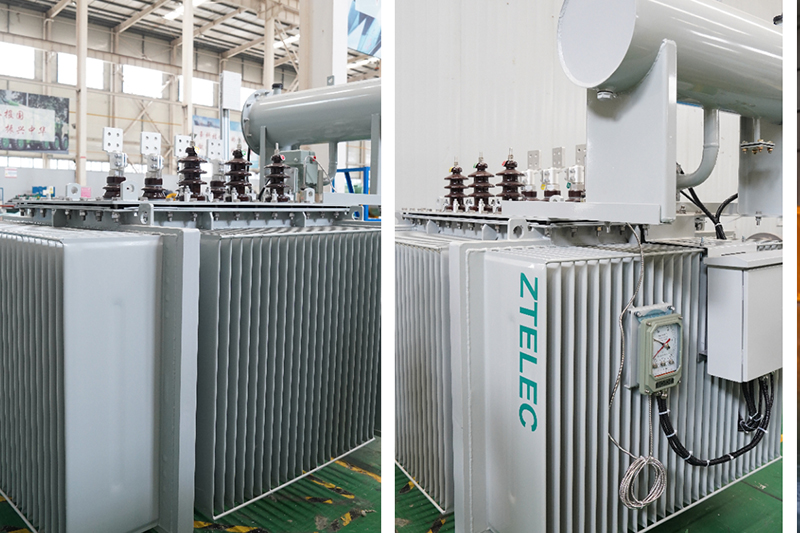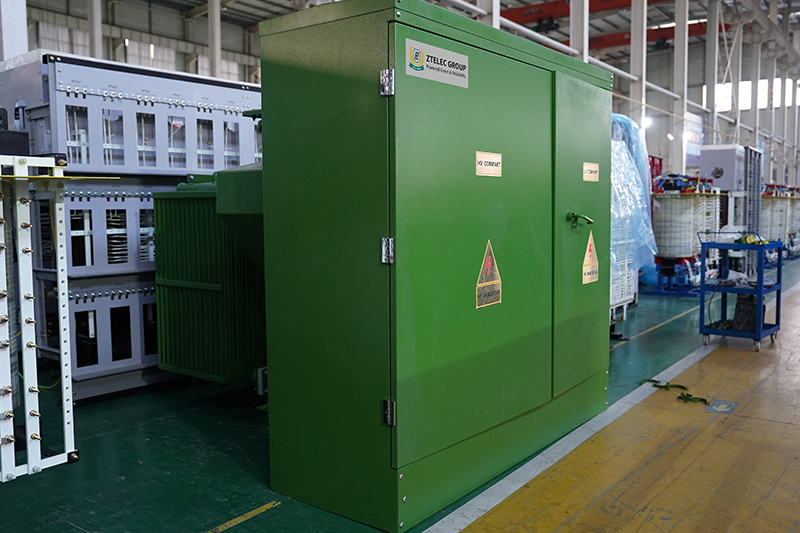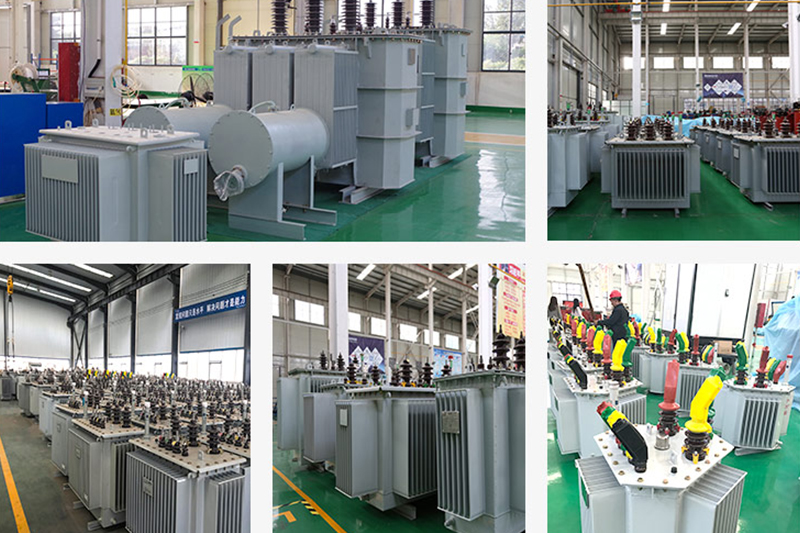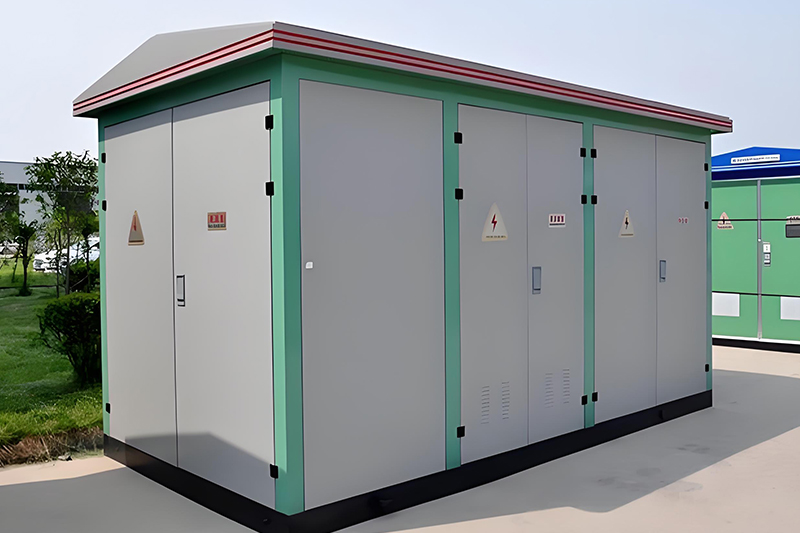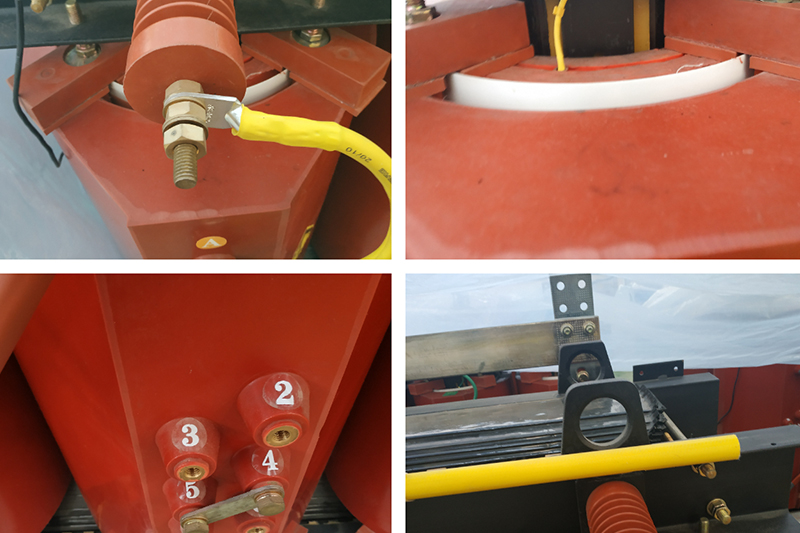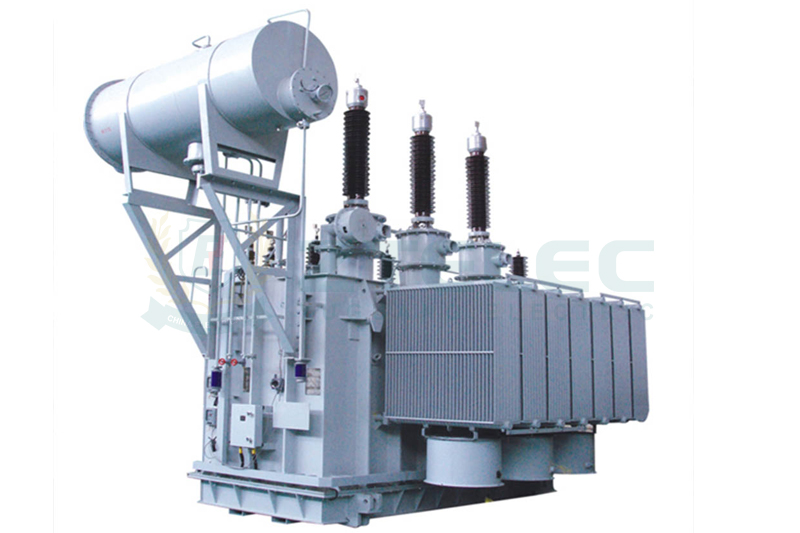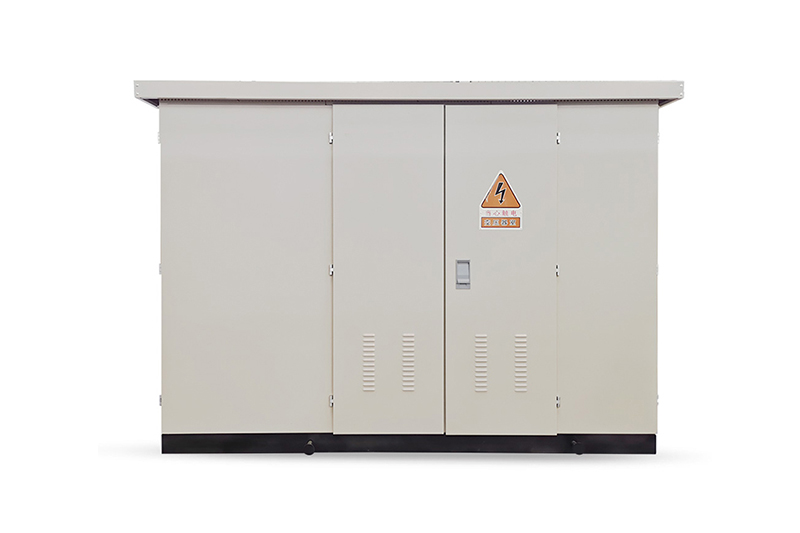-
35kV Dry-Type Transformers: Diagnosis and Treatment of Internal Faults
35kV dry-type transformers are critical equipment in modern power transmission and distribution systems. Their operational stability directly impacts the reliability and safety of the grid. However, due to long-term exposure to high voltage and cur……
-
Dry-Type Transformer Manufacturers Share Practical Tips on Voltage Regulation
In power distribution systems, the output voltage of a transformer is not always constant. It fluctuates with input voltage variations and load current changes. Excessively high or low voltage can damage electrical equipment and affect production e……
-
2025 European-Style Box-Type Substation Guide: From Design to Installation
Pre-Purchase: Requirements Analysis The first step in purchasing a European-style box-type substation is to clarify requirements and planning details, laying the foundation for subsequent selection and procurement. Determining core parameters such ……
-
Core Advantages and Applications of 35kV European-Style PV Box-Type Substations
In modern photovoltaic (PV) power plants, the 35kV European-style PV box-type substation has become an indispensable piece of equipment. It ensures efficient power conversion, reliable grid transmission, and intelligent operation management. Thanks……
-
How Does a 10kV Oil-Immersed Transformer Work? An In-Depth Technical Analysis
A 10kV oil-immersed transformer plays a critical role in power distribution systems. Its operation is based on Faraday’s law of electromagnetic induction, converting electrical energy into magnetic energy and back into electrical energy at a differ……
-
Methods to Reduce Losses in Dry-Type Transformers
Even the most efficient dry-type transformers generate energy losses in the form of heat during operation. Although these losses may seem minor at any given moment, they accumulate over time, leading to higher operating costs and greater environmen……
-
Oil-Immersed Transformer Voltage and Load: How to Optimize?
In power systems and industrial energy applications, oil-immersed transformers are core equipment thanks to their excellent cooling performance and high load capacity. With the continuous growth of grid scale and increasing load demand, optimizing ……
-
American-Style Pad-Mounted Substations: Complete Guide to Selection and Application (2025 Edition)
American-style pad-mounted substations are critical components in modern power systems, integrating oil-immersed transformers, load switches, and protective devices into a single compact structure. Unlike European-style units, their design philosop……
-
2025 Oil Type Transformer Purchasing Guide: Models, Prices, and Applications
The model of an oil type transformer usually reflects its technological generation and energy efficiency level. Common series in the market include S9, S11, S13, S20, and S22. Generally, the higher the number, the newer the technology and the highe……
-
How Does a European-Style Prefabricated Substation Work? Complete Guide
European-style prefabricated substations, also known as ZBW type substations, are compact, efficient, and reliable power distribution units that play a vital role in modern electricity networks. By integrating high-voltage switchgear, transformers,……
-
What Are the Two Most Important Considerations in Dry-Type Transformer Wiring?
Proper dry-type transformer wiring is critical for safe operation and long-term reliability. Mistakes during installation can lead to equipment damage, power interruptions, or safety hazards. Among all factors, voltage matching and the winding conn……
-
Why Are Transformers Not 100% Efficient?
In modern power transmission and energy conversion systems, transformers are essential devices that guarantee stable electricity supply. Both dry-type transformers and oil-immersed transformers are designed for high efficiency, with large power uni……

